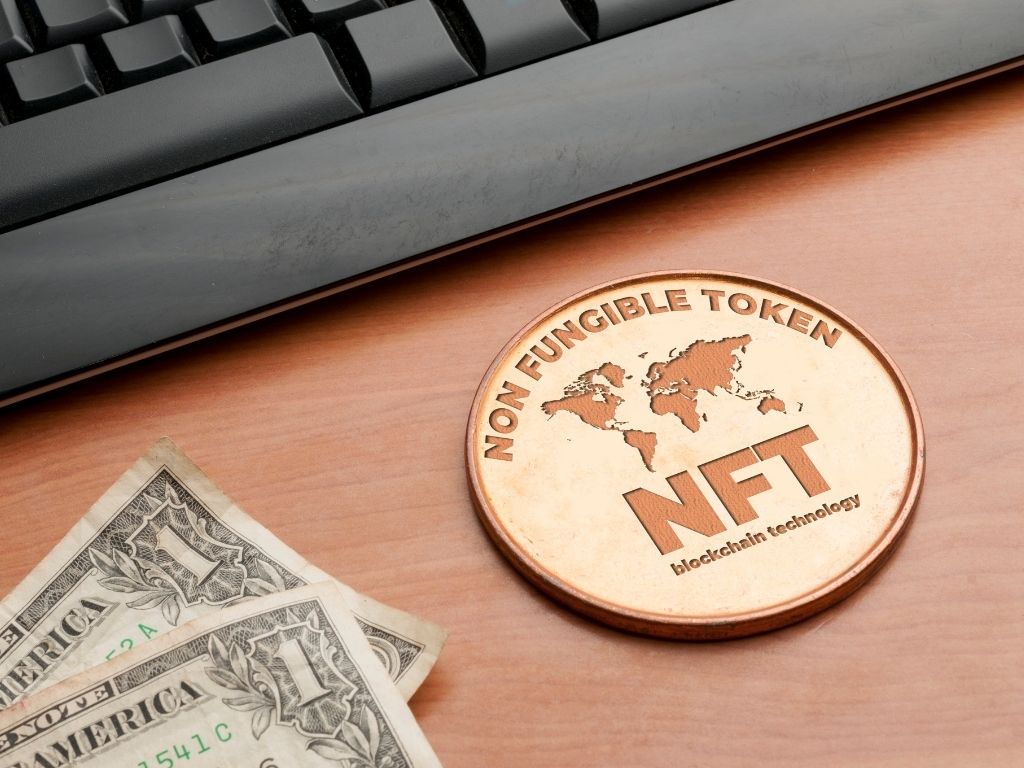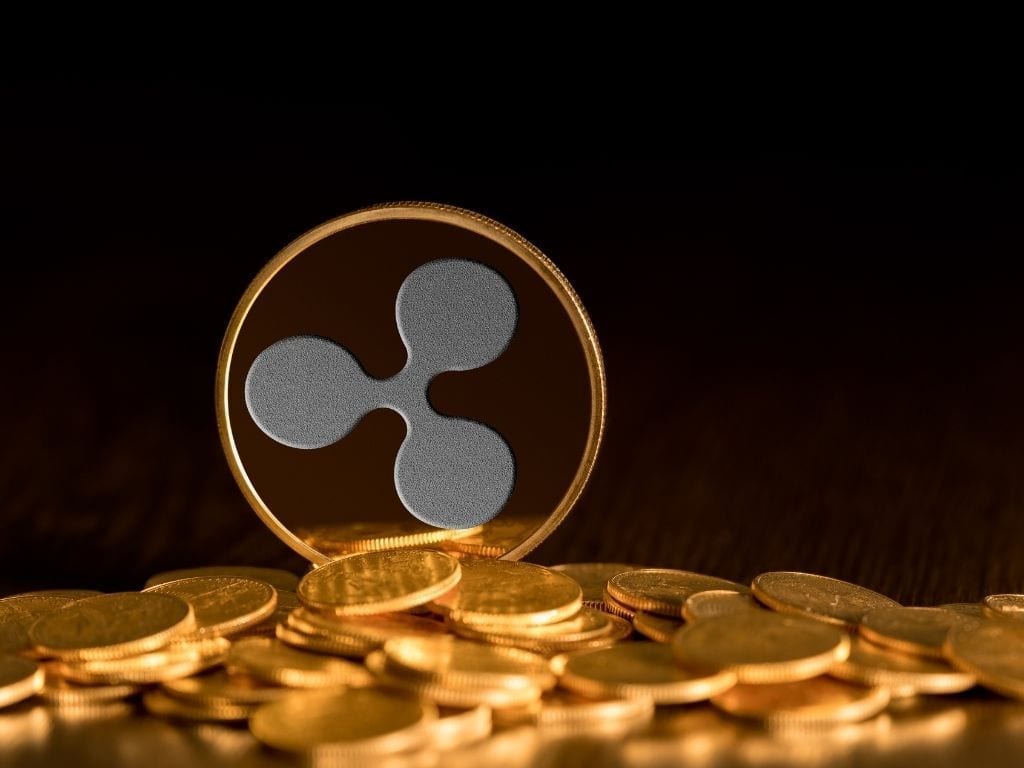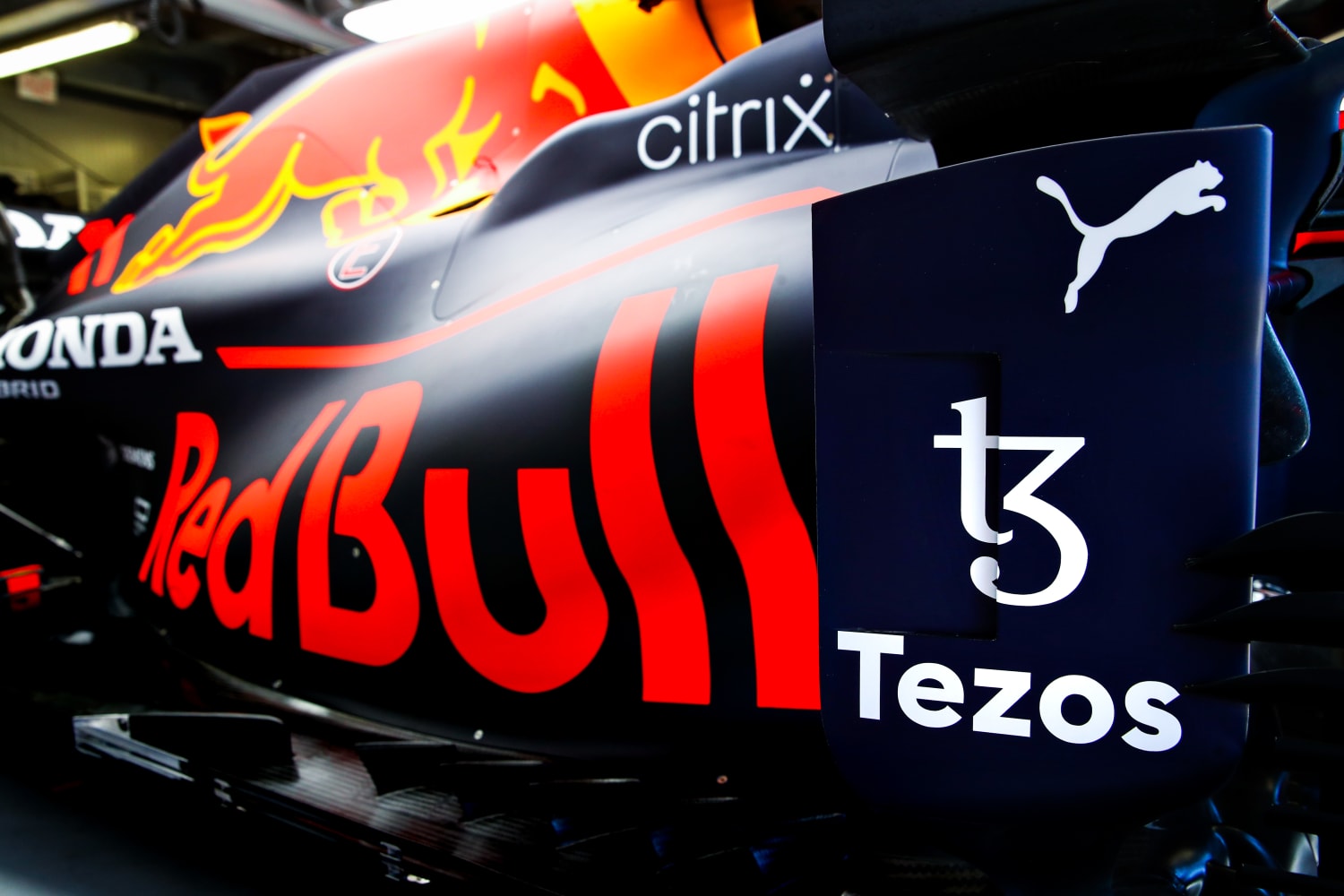Burner Wallets for all your crypto and NFT investments
Using a burner wallet is one method to mitigate these hazards. In the worst-case situation, only the assets you have in your burner wallet will be at risk if this project fails. X2Y2, a new NFT marketplace that promises a fantastic return on staking, was recently created (close to 6000 percent ). The project’s codes have not been audited, even though the project’s principles are sound. A considerable number of people are already lining up to stake the X2Y2 token in exchange for a mouth-watering staking return. Because most of them use their permanent wallets, they are putting their entire investment in danger.
What Is a Burner Wallet and How Does It Work?
A burner wallet is a second (temporary) wallet from your primary wallet (Vault), typically used for minting NFTs or communicating with an unaudited dApp. A burner wallet is created the same way as any other wallet but is used for a particular purpose, such as minting NFTs or connecting with an unaudited project. A burner wallet could be either a hot or cold wallet. You maintain only a little money to pay for the gas expenses associated with minting or interacting with any smart contract.
Also, read – Crypto trading firm, Hayvn in talks for Series B funding before IPO
Benefits of Using Burner Wallet
Burner wallets that are also hot (for example, Metamask without a Ledger hardware wallet) aid in NFT minting. These wallets can be used on mobile phones, making them more convenient to use. Unfortunately, not many mobile wallets, such as Metamask or Phantom, currently support hardware wallets. If you’re unsure what a hot or cold wallet is, here’s an explanation:
The internet is continually connected to hot burner wallets.
The internet isn’t always accessible to cold wallets. It would be best if you usually had the hardware wallet (physical click) to conduct transactions. As a result, your crypto assets or NFTs will be safe.
A Burner Wallet’s Dos and Don’ts
Burner wallets, like any other wallet, come with a list of dos and don’ts. Here are a few examples:
- Always keep in mind that your burner wallet is just for a limited time and should not be used in conjunction with or as your permanent wallet address.
- For ultimate protection, it’s a good idea to keep shuffling your burner wallet now and then.
- If you don’t want to mint NFTs, a hardware wallet can be used with your burner wallet.
- You can give your burner wallet an ENS address. However, this is not recommended because the goal is to regularly change your burner wallet after a few transactions with a smart contract.
- To avoid disclosing your main wallet address, you can utilize the Burner wallet to make or receive one-time payments. It’s worth noting that a savvy user might still use the breadcrumbs to track down your main wallet address.
Stay informed with daily updates from Blockchain Magazine on Google News. Click here to follow us and mark as favorite: [Blockchain Magazine on Google News].
Get Blockchain Insights In Inbox
Stay ahead of the curve with expert analysis and market updates.
latest from tech
Disclaimer: Any post shared by a third-party agency are sponsored and Blockchain Magazine has no views on any such posts. The views and opinions expressed in this post are those of the clients and do not necessarily reflect the official policy or position of Blockchain Magazine. The information provided in this post is for informational purposes only and should not be considered as financial, investment, or professional advice. Blockchain Magazine does not endorse or promote any specific products, services, or companies mentioned in this posts. Readers are encouraged to conduct their own research and consult with a qualified professional before making any financial decisions. The featured image used is just a creative depiction of the title and it does not intend to hurt sentiments of any person or institution. If it hurts anyone sentiments, please do not hesitate to reach out to Blockchain Magazine.

 Bitcoin
Bitcoin  Ethereum
Ethereum  XRP
XRP  Tether
Tether  Solana
Solana  Dogecoin
Dogecoin  USDC
USDC  Cardano
Cardano  Lido Staked Ether
Lido Staked Ether  TRON
TRON  Chainlink
Chainlink  Avalanche
Avalanche  Sui
Sui  Wrapped stETH
Wrapped stETH  Wrapped Bitcoin
Wrapped Bitcoin  Stellar
Stellar  Toncoin
Toncoin  Hedera
Hedera  Shiba Inu
Shiba Inu  WETH
WETH  Polkadot
Polkadot  LEO Token
LEO Token  Bitcoin Cash
Bitcoin Cash  Litecoin
Litecoin  Hyperliquid
Hyperliquid  Bitget Token
Bitget Token  Official Trump
Official Trump  Uniswap
Uniswap  Pepe
Pepe  Wrapped eETH
Wrapped eETH  USDS
USDS  NEAR Protocol
NEAR Protocol  Ethena USDe
Ethena USDe  Aave
Aave  Aptos
Aptos  Internet Computer
Internet Computer  Ondo
Ondo  WhiteBIT Coin
WhiteBIT Coin  Ethereum Classic
Ethereum Classic  Monero
Monero  Cronos
Cronos  POL (ex-MATIC)
POL (ex-MATIC)  Mantle
Mantle  Render
Render  Dai
Dai  Bittensor
Bittensor  Algorand
Algorand  OKB
OKB 




